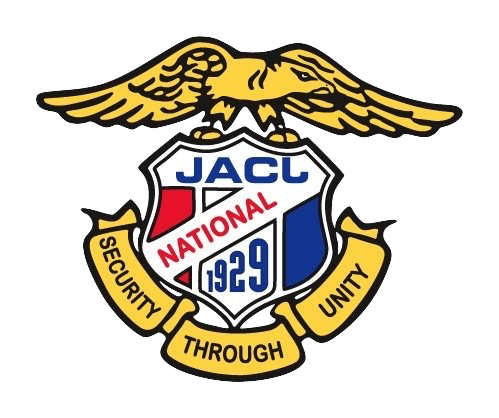Secondary: Media and the Power of Words
Objective: To help students become aware of the role that the media plays in our perception of events. While also understanding just how powerful words can be and why specific words were chosen to describe the Japanese American incarceration experience in 1942 versus today. They will develop critical thinking skills in comparing and contrasting the incarceration experience and other events.
Description: This set of lessons is divided into three parts. It requires writing and discussion.
Materials: Power of Words Handbook/Presentation, Japanese Relocation (1942) video, poster paper, markers
Method: Prior to this lesson, students should have gone through a K-W-L exercise, discussing what they know and what they wish to learn by the end of the lesson. During this time, pay attention to the language the students use when describing the incarceration. They may use words like relocation, internment, evacuation, etc. Do not correct them at this stage, allow them to learn about their language once they begin this lesson.
In Part I, have students read through the Power of Words handbook or present it as a whole
Part II, show students the video Japanese Relocation (1942) created by the Office of War
Part III, present the students with another topic they are familiar with that has multiple stances (ie. Vietnam War/War in Vietnam, Climate Change, etc.) and split them into groups that take these different sides, followed by a discussion.
Pick a Side: Part III – Ask the students to do the following:
Once broken up into three groups, and a topic is decided upon, students will be assigned either “for”, “against”, or “neutral” on the topic.
Students will have 10 minutes to discuss in their groups their “stance” on the topic and create short paragraph explaining their side.
Students should emphasize the choices of words or phrases they use in their summaries
Post-activities: Discussion.
